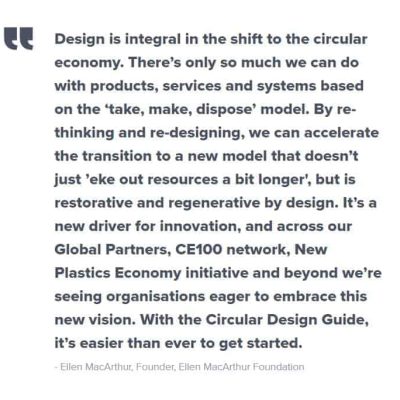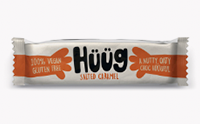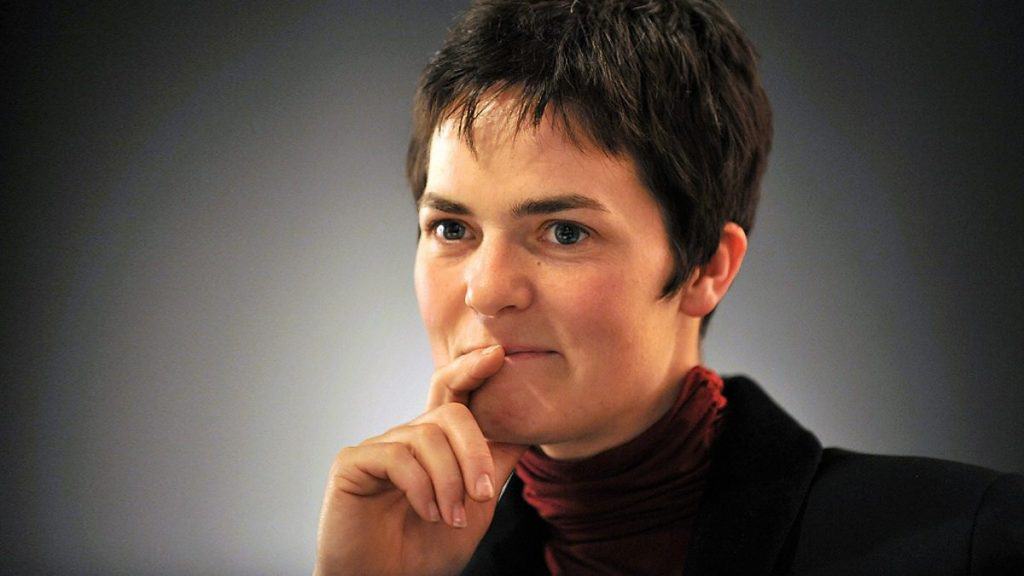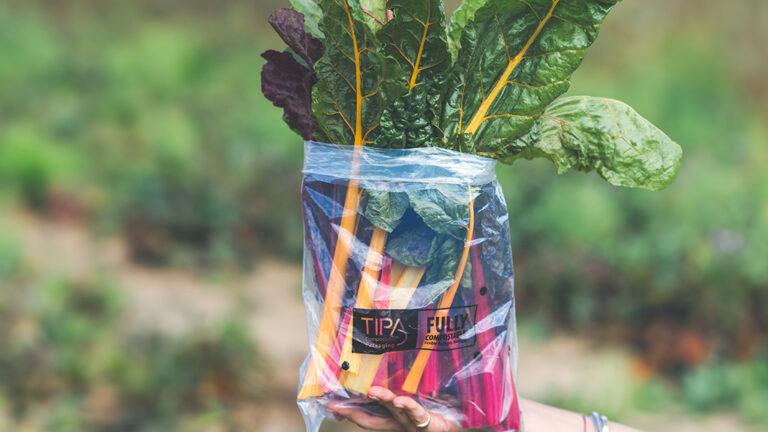Twelve years ago solo long-distance British yachtswoman Ellen MacArthur broke the world record for the fastest solo circumnavigation of the globe. Following this, she would receive international acclaim and renown, and in a tradition among British citizens, she would earn royal honors and be made a Dame of the British Empire.
One does not return from sailing around the world on one’s own seeing things in the same way as when one left. Things come into focus. During her epic voyage, Dame Ellen became acutely aware of the finite nature of the resources our linear economy relies on. She returned with new insight into the way the world works – as a place of interlocking cycles and finite resources, and where the decisions we make today affect what’s left for tomorrow.
As a result, she proposed a bold new way to see the world’s economic systems: not as linear, but as circular, where everything comes around, and in 2010,
launched the Ellen MacArthur Foundation, which works with education and business to accelerate the transition to a regenerative circular economy.
What is a Circular Economy?
The dominant current industrial model involves “take, make and dispose of” and is inherently extractive in nature. On the other hand, the circular economy is restorative and regenerative by design. Relying on system-wide innovation, it aims to redefine products and services to design waste out, while minimizing negative impacts. The circular nature of the economy is underpinned by a transition to renewable energy sources as a way of building economic, natural and social capital.

Circular Design Guide
To help businesses get started with circular innovation, in January 2017 the Ellen MacArthur Foundation and IDEO launched a New Circular Design Guide during the World Economic Forum in Davos. The guide was developed with input from leading businesses and over 400 students and specialist design institutions. It includes 24 methods and a resource bank enabling change-makers, entrepreneurial innovators, and students to get to grips with the circular economy and enabling them to re-think value creation to develop more circular products, services, and resilient, feedback-rich organizations.
The guide taps into an emerging business appetite for a restorative and regenerative approach that delivers sustained prosperity; an alternative to the increasing costs and risks associated with a ‘take, make, dispose’ linear economy. Such risks include price volatility, resource supply constraints and increased regulation.
Though design is central in the transition to the circular economy, the shift is complex and cannot be achieved with traditional design methods alone. The Circular Design Guide delivers a new approach, introducing users to circular economy concepts as well as design thinking techniques updated for this new economic framework. The very practical guide includes not just the 24 methods, but also video interviews with designers, worksheets, case studies, and links to helpful technical tools.
“Design is integral in the shift to the circular economy. There’s only so much we can do with products, services and systems based on the ‘take, make, dispose’ model. By re-thinking and re-designing, we can accelerate the transition to a new model that doesn’t just ’eke out resources a bit longer’, but is restorative and regenerative by design. It’s a new driver for innovation, and across our Global Partners, CE100 network, New Plastics Economy initiative and beyond we’re seeing organizations eager to embrace this new vision. With the Circular Design Guide, it’s easier than ever to get started,” said Dame Ellen at the launch of the guide in Davos.
Major multinationals commit
Major multinationals are stepping up to the circular economy plate. In February this year Unilever expressed its commitment to the circular economy, announcing that by 2025 all of its plastic packaging will be either reusable, recyclable or compostable.
“Our plastic packaging plays a critical role in making our products appealing, safe and enjoyable for our consumers. Yet it is clear that if we want to continue to reap the benefits of this versatile material, we need to do much more as an industry to help ensure it is managed responsibly and efficiently post consumer-use,” said Paul Polman, Unilever CEO.
In 2019, TIPA became a signatory for the New Plastics Economy Global Commitment, joining other major brands in designing plastic products for a circular economy.
New Urban Biocycles Scoping Paper
On the 28th March 2017 Dame Ellen will introduce the Ellen MacArthur Foundation’s new scoping paper, Urban Biocycles, produced in collaboration with the World Economic Forum, during a keynote session at the Forum for the Future of Agriculture (FFA 2017).
The new paper explores the significant volume of organic waste flowing through the urban environment and the opportunities available from capturing its value in the form of energy, nutrients and materials, through the application of circular economy principles.
TIPA’s compostable and bio-degradable packaging can help your business become more sustainable. Contact us to see how we can help you!














